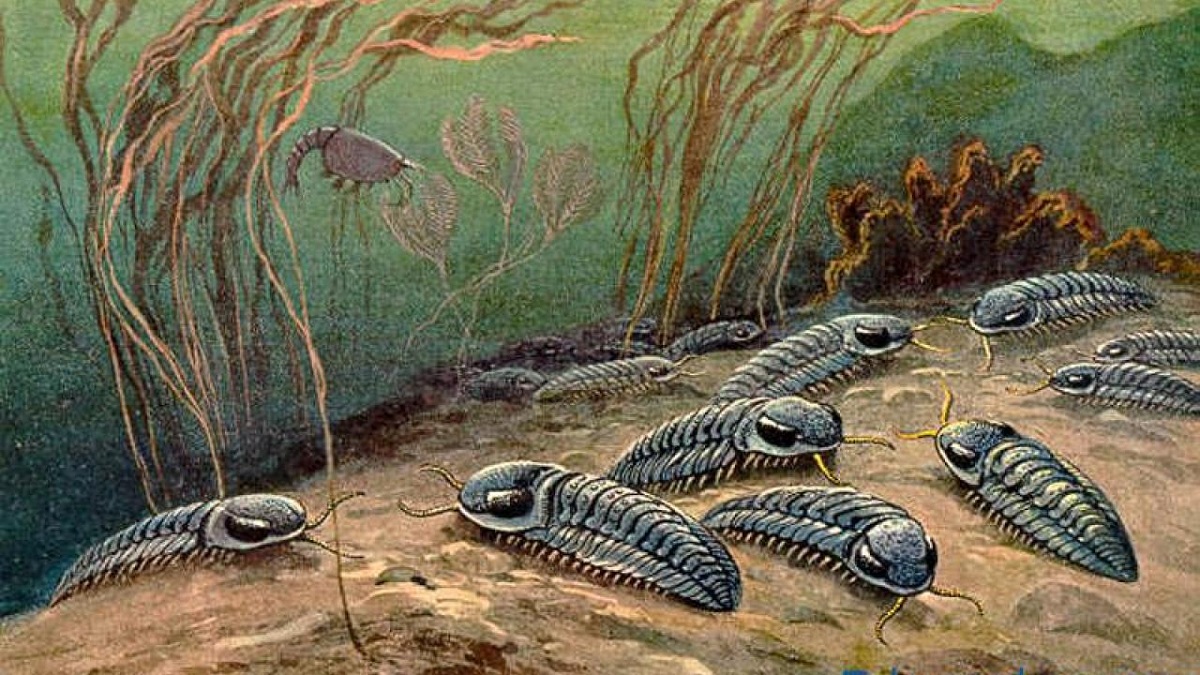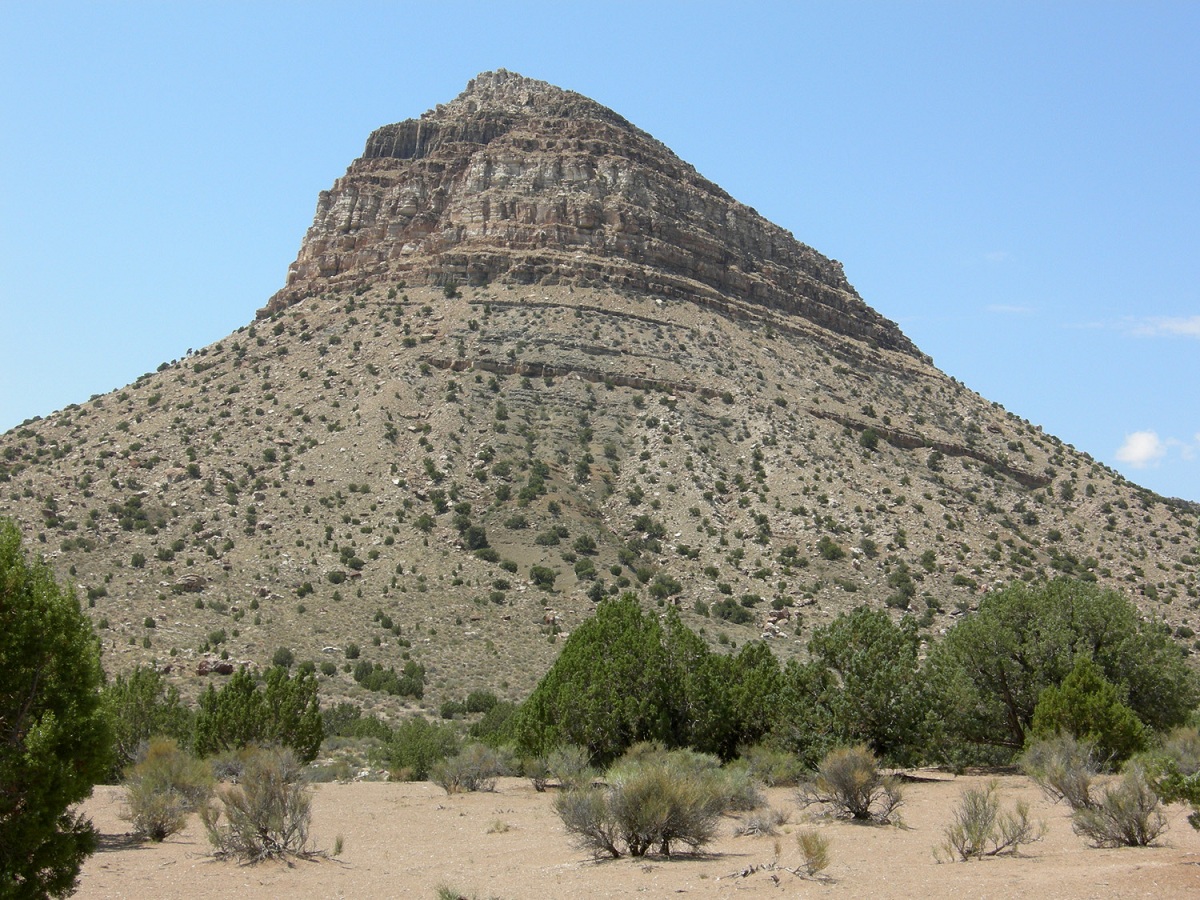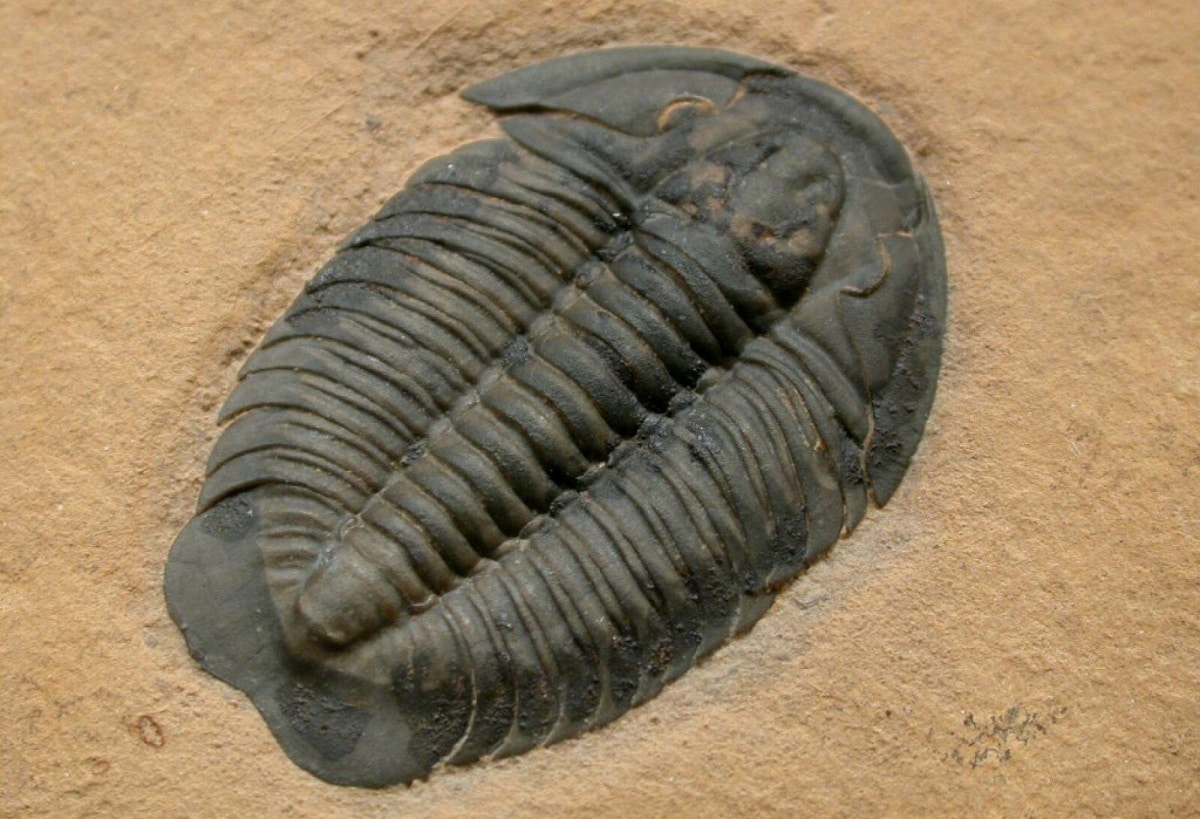
One of the periods of the Paleozoic era that was mainly characterized by rising sea levels and proliferation of life in marine ecosystems is the Ordovician period. It is a period that is located immediately after the Cambrian period and before that Silurian. During this period there was a drastic reduction in biodiversity right at the end that produced a mass extinction event.
In this article we are going to tell you all the characteristics, geology, climate, flora and fauna of the Ordovician period.
Key features

This period lasted approximately 21 million years. It began about 485 million years ago and lasted until about 433 million years ago. It had great climatic variations since there was a great difference between the starts in the finals. At the beginning of the period, temperatures were quite high, but several environmental transformations were taking place that led to an ice age.
As we mentioned at the beginning of the article, there was a mass extinction at the end of the period that ended with about 85% of all the species of living beings that existed at that time, especially marine ecosystems.
This period is divided into three epochs: Lower, Middle and Upper Ordovician.
Ordovician Geology

One of the essential characteristics regarding the geology of this period is that the sea levels were the highest ever. Throughout this period there were 4 supercontinents: Gondwana, Siberia, Laurentia and Baltica. As it happened in the previous period, the northern hemisphere of the planet was almost entirely occupied by the Panthalassa ocean. Only the supercontinent Siberia and a small part of Laurentia were found in this hemisphere.
The southern hemisphere, we have the Gondwana continent that occupied almost all of the space. There were also part of Baltica and Laurentia. The oceans that existed at this time were: Paleo Tetis, Panthalasa, Lapetus and Rheico. Much is known about the geology of the Ordovician from the rock fossils that have been recovered. The vast majority of these fossils are found in sedimentary rocks.
One of the most recognized geological phenomena of this period is the Taconic orogeny.. This orogeny was produced by the collision of two supercontinents. This connection lasted for 10 million years. As a consequence of this geological process, the Appalachian Mountains.
Climate of the Ordovician period
As we have mentioned before, the climate of the Ordovician period was warm and tropical. Especially at the beginning of the period there were higher temperatures, even with indications that there were places with records of temperatures of 60 degrees. However, at the end of the period, temperatures began to drop in such a way that it led to a major ice age. This glaciation mainly attacked the supercontinent Gondwana. At this time the super continent were the southern hemisphere of the planet. The glaciation lasted approximately 1.5 million years. Due to this process of decreasing temperatures, a large number of animal species that could not adapt to new environmental conditions became extinct.
There are some studies that affirm that the glaciation even extended to the Iberian Peninsula. This means that the belief that the ice only spread in the south pole areas will be disproved. The causes of this glaciation are still unknown. There is talk of a decrease in carbon dioxide concentrations as a possible cause.
Life

During the Ordovician a large number of genera appeared that gave rise to new species. Especially life in the sea developed. We will analyze the flora and fauna separately.
Flora
Taking into account that most of life developed in the marine environment, it is logical to think that plants had a better development. Green algae proliferated in the seas. Certain species of fungi were also present that fulfilled the function of decomposing and disintegrating dead organic matter. This is how the sea could regulate itself.
The history of acquiring terrestrial systems was different from that of the marine realm. And the flora was almost non-existent. There were only a few small plants that began to colonize the mainland. These plants were quite primitive and basic. As expected, they were not vascular plants, that is, they had neither xylem nor phloem. Since they were not vascular plants, it needed to stay close to water courses to be able to find good availability. These types of plants resemble the liverworts we know today.
Fauna
During the Ordovician period the fauna was really abundant in the oceans. There was a great biodiversity from the smallest and most primitive to other somewhat more evolved and complex animals.
We started to make the arthropods. It is one of the edges with enough abundance in this period. Within the arthropods we find trilobites, sea scorpions and brachiopods, among others. Mollusks also underwent a great evolutionary enlargement. Cephalopods, bivalves and gastropods predominated in the seas. The latter needed to move towards the seashore, but as they did not have lung respiration they could not stay in the terrestrial habitat.
As for the corals, they began to group together to form the first coral reefs and consisted of various specimens. They also had several varieties of sponges that were already diversifying during the Cambrian.
Ordovician mass extinction
This mass extinction occurred approximately 444 million years ago and straddles the end of the Ordovician period and the beginning of the Silurian period. The immediate causes for which scientists bet are the following:
- Decrease in atmospheric carbon dioxide. This caused a global glaciation that reduced the populations of animals and plants.
- Decrease in sea level.
- The glaciation itself.
- Explosion of a supernova. This theory was developed in the first decade of the XNUMXst century. He says that there was an explosion in space from a supernova that caused the earth to be flooded with gamma rays. These gamma rays caused a weakening of the ozone layer and loss in coastal life forms where there is little depth.
I hope that with this information you can learn more about the Ordovician period.
I think that on the contrary, the high concentration of CO2 in the atmosphere causes the greenhouse effect, responsible for the climate change that possibly ends in the Ordovician Period. In this study they say the opposite, that this period was caused by the low concentration of CO2. Although CO2 is used in greenhouses to improve plant growth, I doubt that a decrease in this will cause an ice age. What do you think?